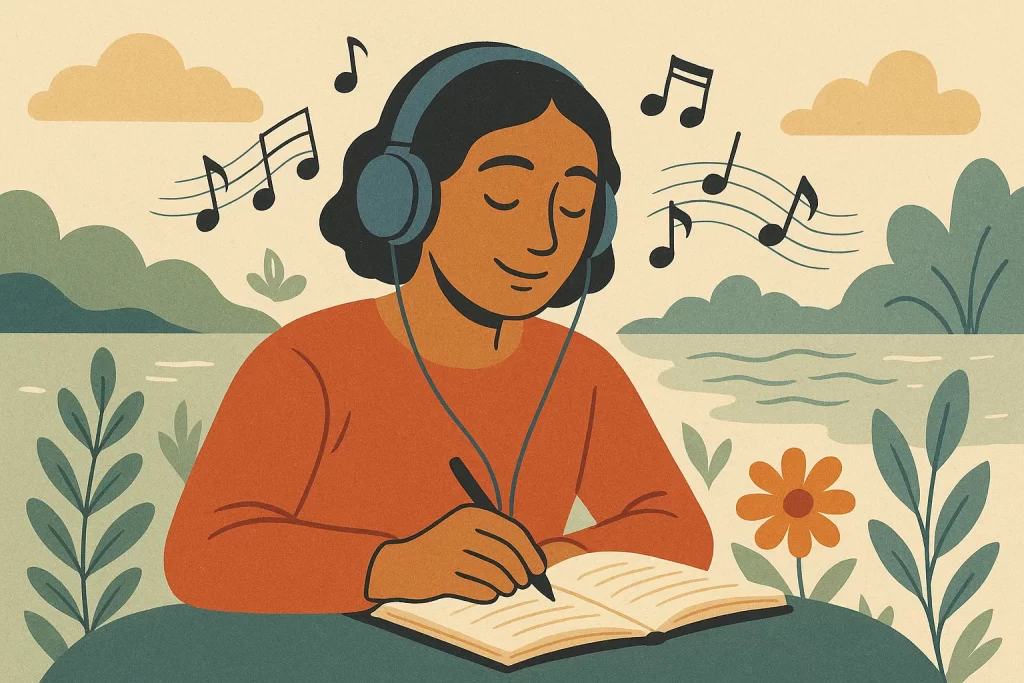Which Genres Dominate KTV Playlists Today?
 KTV, or karaoke television, has been a staple of nightlife and social gatherings across Asia for decades. From private rooms in Taiwan to flashy lounges in South Korea and casual karaoke bars in the Philippines, people gather to sing their hearts out. Even at spots like 호치민 가라오케, certain tracks get played over and over again. But not all songs get equal love. Some genres have become go-to choices, dominating KTV playlists everywhere. So what are people singing?
KTV, or karaoke television, has been a staple of nightlife and social gatherings across Asia for decades. From private rooms in Taiwan to flashy lounges in South Korea and casual karaoke bars in the Philippines, people gather to sing their hearts out. Even at spots like 호치민 가라오케, certain tracks get played over and over again. But not all songs get equal love. Some genres have become go-to choices, dominating KTV playlists everywhere. So what are people singing?
Pop Still Reigns Supreme
Unsurprisingly, pop music continues to top the charts in KTV rooms. It’s catchy, familiar, and easy to sing along with—three things that matter most in a karaoke setting. Whether it’s global English-language hits or local chart-toppers, pop songs dominate for a reason. They’re often built around simple hooks and choruses that crowds can join in on, even if they don’t know all the words.
In Asia, artists like Jay Chou, JJ Lin, and Eason Chan remain the Mandarin-speaking KTV scene staples. Their ballads and mid-tempo hits have been mainstays for over a decade. Meanwhile, newer stars like G.E.M. and Tones and I are starting to show up more in playlists, proving that current hits can sit comfortably alongside classics.
Ballads: The Emotional Core
If pop songs are the life of the party, ballads are the soul. Power ballads, love songs, and tearjerkers are a big part of KTV culture. Many people choose KTV to have fun and vent feelings—whether it’s heartbreak, nostalgia, or longing. Ballads give them the perfect outlet.
In Japan and South Korea, emotional ballads are particularly popular. Singers like Aimer in Japan and Baek Ji-young in Korea offer songs with sweeping melodies and dramatic lyrics that let singers really perform. Mandarin and Cantonese ballads are also popular across Greater China. Think of Faye Wong’s “Red Bean” or Teresa Teng’s classics—these songs are timeless, and many are almost required in the repertoire of any seasoned KTV regular.
K-Pop’s Rising Influence
K-pop’s global success is reflected in KTV playlists, especially among younger audiences. Groups like BTS, BLACKPINK, and TWICE have a strong presence in karaoke songbooks now. Their energetic hits bring a different vibe to the room—upbeat, flashy, and dance-friendly.
That said, not all K-pop is easy to sing. The rap-heavy sections and fast-paced lyrics can be a challenge. So fans often gravitate toward the group’s slower tracks or choruses with repeated phrases. Songs like BTS’s “Spring Day” or BLACKPINK’s “Stay” offer emotional delivery without being too challenging to perform.
Hip-Hop and R&B: Growing but Niche
Hip-hop and R&B have made some inroads into KTV culture but haven’t fully taken over. The genre’s rhythm-heavy flow and lyrical complexity can be complex for average singers, especially if they’re not fluent in the language. Hip-hop is becoming more common in younger and more urban KTV scenes.
English-language hits from artists like Drake, Doja Cat, and The Weeknd are making more appearances, particularly in places where Western music is popular. Meanwhile, regional hip-hop scenes—like Chinese rap from the show Rap of China—are slowly entering the mainstream KTV mix.
Rock and Classic Hits: Holding Their Own
Classic rock and pop-rock songs are still crowd favorites, especially when it comes to group singing. Tracks like Queen’s “Bohemian Rhapsody,” Bon Jovi’s “Livin’ on a Prayer,” or even Teresa Teng’s “The Moon Represents My Heart” are oldies but goodies.
People love these songs not only because of nostalgia but also because they’re dramatic—perfect for showing off. Rock ballads also allow people to belt it out, something that quiet love songs don’t always allow.
Local and Regional Favorites
Each country has its own flavor when it comes to KTV. In the Philippines, ballads and pop duets dominate, often in Tagalog or a mix of English and Tagalog. In Vietnam, love songs and old classics are staples. Thailand has a big scene for Luk Thung
Read More Which Genres Dominate KTV Playlists Today?
